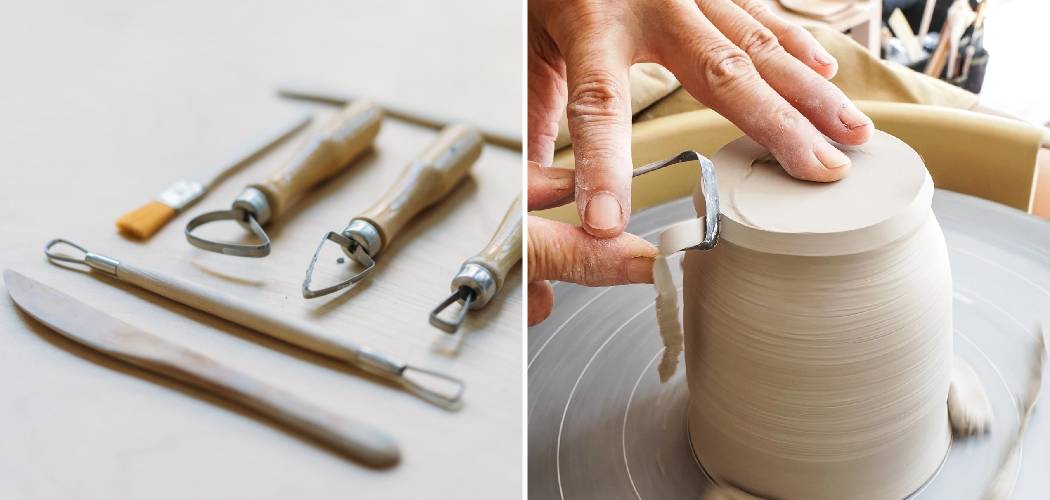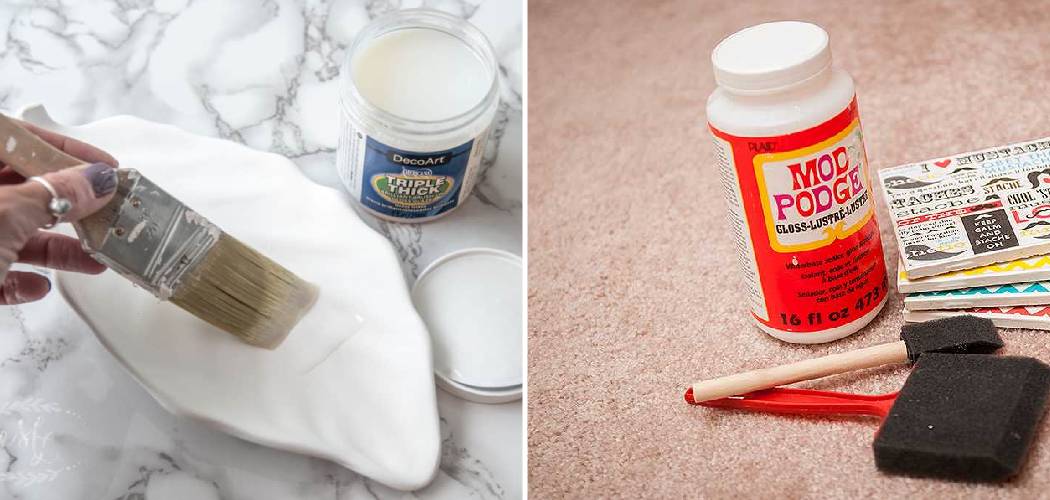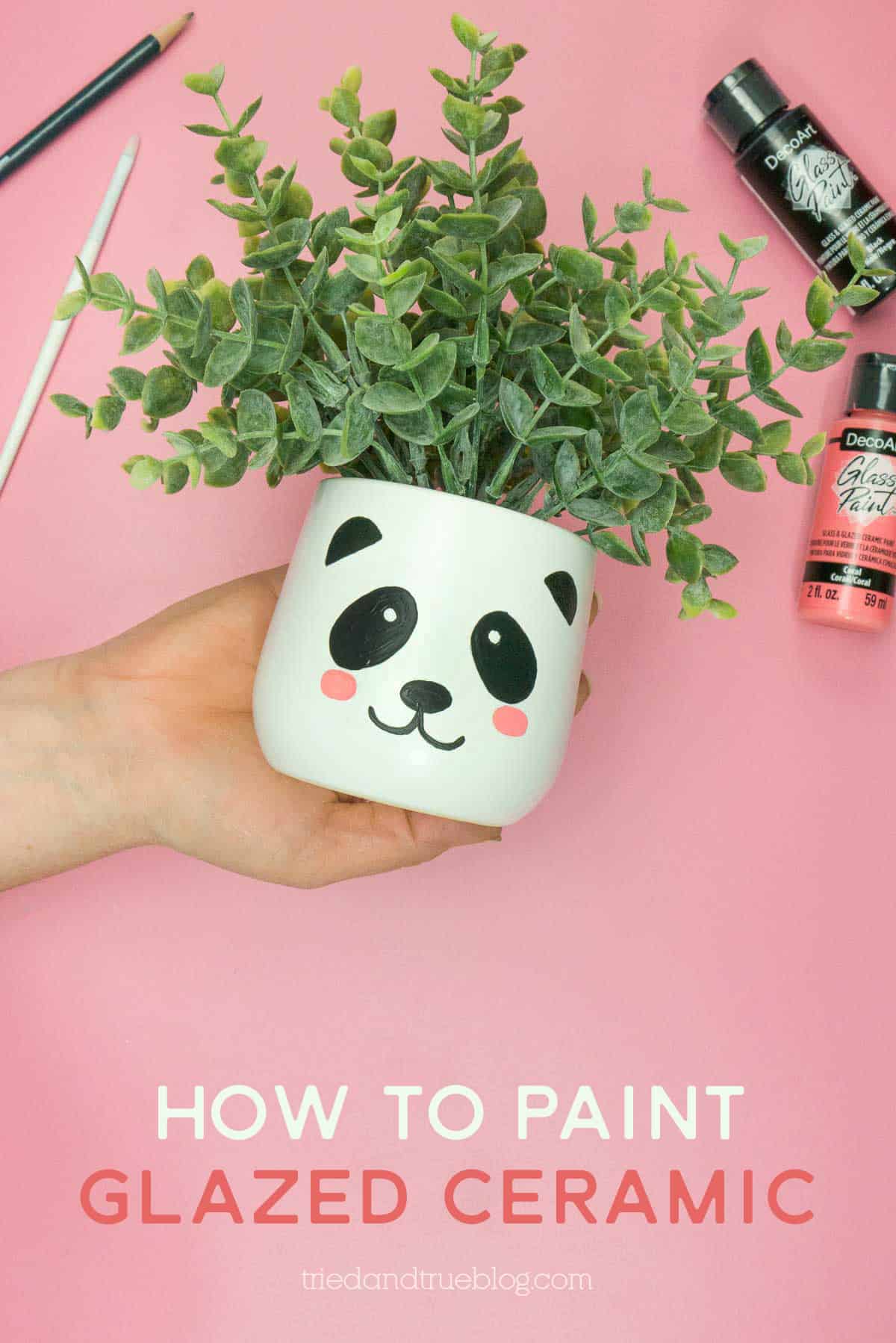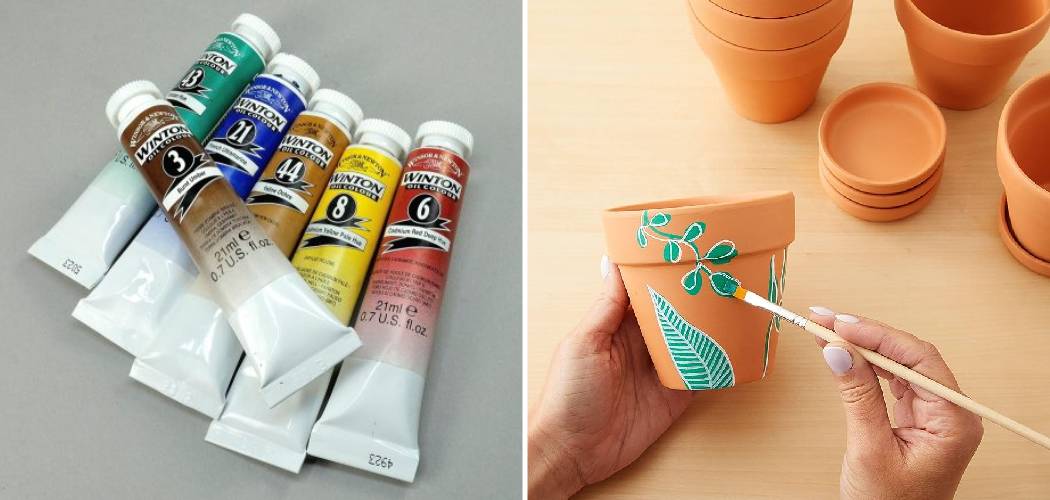Transforming ceramics with a vibrant burst of color through spray painting is a dynamic and creative way to breathe new life into your pottery or home decor. Whether you’re aiming to revamp old ceramics or add a personalized touch to new pieces, mastering the art of spray painting is key. In this comprehensive guide, we’ll explore how to spray paint ceramic, covering essential steps such as surface preparation, choosing the right spray paint, and achieving a smooth, even finish.

Whether you’re a DIY enthusiast or a seasoned artist, understanding the nuances of spray painting ceramics opens up a world of possibilities for customizing and beautifying your creations. So, let’s dive into the realm of ceramic spray painting, unlocking the potential to add a splash of color and personality to your ceramic pieces with precision and flair.
Table of Contents
Benefits of Spray Painting over Traditional Methods
There are several benefits to using spray painting over traditional methods of painting. Some of these include:
- Time-Saving: Spray painting is a much faster technique compared to traditional methods like brushing or rolling paint. This is because the spray gun can cover a larger surface area in less time, making it an ideal choice for large projects.
- Uniform Coverage: With traditional methods, the painting job can be uneven and streaky. However, with spray painting, the paint particles are evenly dispersed, resulting in a smooth and uniform finish.
- Versatility: Spray painting can be used on a variety of surfaces such as ceramic, wood, metal, and even fabric. This makes it an excellent choice for different DIY projects.
- Cost-Effective: While the initial cost of purchasing a spray gun may be higher, in the long run, it can save you money on paint. This is because spray painting requires less paint compared to traditional methods.
- Professional Finish: Spray painting gives a professional-looking finish that is difficult to achieve with traditional methods. It also allows for more control and precision, resulting in a neater and more polished end result.
Spray painting also offers several other benefits such as less mess, easier clean-up, and the ability to cover hard-to-reach areas. Additionally, there is a wide variety of spray paint colors and finishes available, making it easier to achieve the desired look for your project.
10 Methods How to Spray Paint Ceramic
1. Gather Supplies
Before you begin spray painting ceramic, it is important to gather the necessary supplies. You will need a can of spray paint that is specifically designed for use on ceramic surfaces, a pair of gloves, a respirator or dust mask, and some newspaper or other protective material to cover the area where you will be working.
2. Clean Ceramic Surface
The next step is to clean the ceramic surface thoroughly before you begin painting. Use a soft cloth and warm soapy water to remove dirt and debris from the surface of the ceramic piece. If there are any stubborn stains or spots, use a gentle scrubbing brush to remove them. Make sure that the ceramic is completely dry before proceeding with the next step.

3. Prepare Work Area
Once you have gathered all of your supplies and cleaned the ceramic surface, it’s time to prepare your work area. Cover the area where you will be working with newspaper or other protective material in order to catch any overspray from the paint can. Put on your gloves and respirator or dust mask before beginning to spray paint.
4. Shake Paint Can
Shake your paint can vigorously for at least one minute before using it in order to ensure that it is properly mixed and ready for use. This step is especially important if you are using a new can of paint as it may not be properly mixed yet.
5. Test Spray Pattern
Before applying spray paint directly onto your ceramic piece, it’s important to test out how it looks first on some scrap paper or cardboard in order to get an idea of how much coverage you will need for each coat of paint as well as what type of spray pattern works best for your project. This step will help ensure that your final product looks exactly as you want it to!
6. Apply First Coat
Once you have tested out different spray patterns and determined which one works best for your project, it’s time to apply the first coat of paint onto your ceramic piece! Hold the can approximately 6-8 inches away from the surface and apply even coats until all areas are covered with a thin layer of paint. Allow this layer to dry completely before proceeding with additional coats (usually about 30 minutes).
7. Apply Additional Coats
After allowing the initial layer of paint to dry completely, apply additional coats until desired coverage is achieved (usually 2-3 coats should do). Be sure that each coat has dried completely before applying another coat in order to avoid runs or drips in your finished product!

8. Allow Paint To Dry Fully
Once all coats have been applied and allowed time to dry completely (about 24 hours), your painted ceramic piece is now ready for use! Be sure not to place anything heavy on top of your painted piece until after 24 hours have passed in order for all layers of paint to fully cure and set correctly into place without any damage being done!
9. Seal The Paint
To ensure that your painted ceramic piece lasts as long as possible without fading or chipping off over time, seal it with a clear sealant such as Mod Podge once all layers have dried completely (about 24 hours). This extra step will help protect against wear and tear over time while also helping preserve its vibrant color!
10. Enjoy Your Creation!
Now that everything has been completed successfully, enjoy admiring and showing off your newly painted ceramic masterpiece! With proper care and maintenance, this project should last many years without needing any further touch-ups or repairs – enjoy!
Things to Consider When Spray Painting Ceramic
Spray painting ceramic is an easy and budget-friendly way to update the look of your home decor. Whether you’re looking to refresh old ceramic pieces or wanting to create a unique design on new ceramics, spray painting is a great option. However, before diving in, there are a few things you should consider to ensure a successful outcome.
Choosing the Right Paint
When it comes to spray painting ceramic, not all paints are created equal. It’s important to choose a paint specifically designed for use on ceramics or a multi-surface paint that includes ceramics in its list of compatible materials. This will ensure proper adhesion and durability.
Preparing the Surface
Before you start spray painting, make sure to clean the ceramic surface thoroughly. Use a mild soap and water to remove any dirt, dust, or oils that may prevent the paint from adhering properly. If your ceramic piece has any cracks or chips, be sure to fill them in with putty and sand them smooth before painting.
Priming
While some spray paints claim to have built-in primers, it’s still recommended to use a separate primer when spray painting ceramic. A primer will help the paint adhere better and create a smoother, more even finish. Look for a primer that is specifically designed for ceramic surfaces.
Choosing the Right Environment

Spray painting should always be done in a well-ventilated area to avoid inhaling fumes. It’s also important to choose an environment with minimal dust and debris that could potentially stick to the wet paint. If possible, set up a makeshift spray booth using cardboard boxes or plastic sheeting to contain overspray and create a cleaner working environment.
Common Mistakes to Avoid When Spray Painting
Spray painting is a great way to transform old, worn-out ceramic items into beautiful pieces of decor. However, if you’re new to spray painting, it’s important to know what mistakes to avoid in order to achieve the best results. Here are some common mistakes that beginners make when spray painting ceramic and how you can avoid them.
1. Not Cleaning the Surface Properly
One of the most common mistakes when spray painting ceramic is not properly cleaning the surface before painting. This can result in a poor finish, with paint peeling or chipping off easily. It’s important to thoroughly clean your ceramic item with soap and water before spray painting. Use a scrub brush to remove any dirt, dust or grime that may be on the surface. Once cleaned, make sure to dry it completely before starting to spray paint.
2. Not Using a Primer
Another mistake that beginners make is not using a primer before spray painting ceramic. A primer helps create a smooth and even base for the paint to adhere to, resulting in a better finish. It also helps prevent the paint from chipping or peeling off. Make sure to use a primer specifically designed for use on ceramic surfaces.
3. Applying Too Many Coats
While it may be tempting to apply multiple coats of paint to get a deep, vibrant color, this can actually have the opposite effect. Applying too many coats of spray paint can result in a thick, uneven layer that may crack or peel off easily. It’s best to apply thin, even coats of paint and let each coat dry completely before applying the next one.
Conclusion
Spray painting ceramics can be a fun and creative experience. You just need to make sure that you use the proper techniques, materials, and follow all safety precautions. If done correctly, you’ll end up with a beautiful end result that will elevate your space. Learning how to spray paint ceramic pieces is simple and only requires some patience and practice. Armed with the right information and techniques you’ll be able to transform any of your porcelain or ceramic pieces into something special. So get out there, grab some supplies, and get ready to make something amazing! Don’t forget to share your creations on social media using the hashtag #spraypaintceramics so others can follow along!





